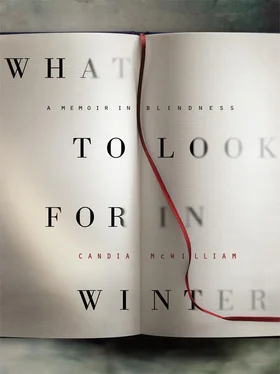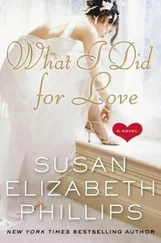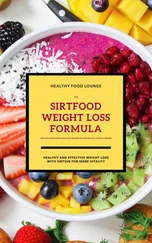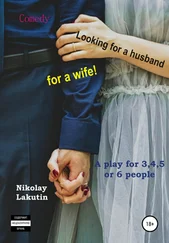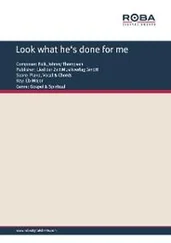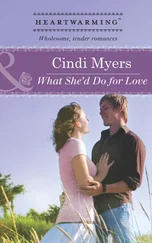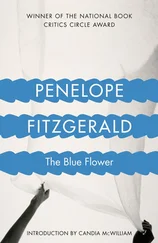Our editor, Miss Beatrix Miller, was to me like a far less specious version of the headmistress of Sherborne. It may seem crass to compare a fashion magazine with that excellent girls’ school and the Church Missionary Society to which Dame Diana dedicated her life, but Beatrix Miller was an individual who was utterly committed to seeing and getting the best in and from everyone she worked with and who worked under her. Her leadership was generous; she was not an icon but an inspiration No liberties were to be taken yet her thoughtfulness was boundless, her private kindness silently conducted. Her office door was guarded by the magnificent Ingrid Bleischroder who was delivered to work in her father’s Rolls. Miss Miller, which was what we called her, seemed to live on fizzy Redoxon tablets. She had good hands and pencilled the underside of each nail in white crayon. Everything was in the detail.
Having acquitted myself hopelessly in the area of layout, since I vomited every time the Cow Gum was used, I was shuffled magnanimously into Features via Copy. At the time, Vogue had such writers working for it as James Fenton, Charles Maclean and Lesley Blanch. Polly Devlin, Antonia Williams and Georgina Howell were staff writers. The standard was high. I was allowed to start with writing captions. This isn’t an easy matter. You have to consider the ego of the photographer, the needs of the manufacturer of any garments depicted, who may be an advertiser, the size of the page, the demands of the font, and of course the story. I spent days thinking up the words ‘Double cream layers’. The photographer was Eric Boman, the model Beska and the lingerie was made by Janet Reger and Courtenay of Bond Street. The story was ‘Girl alone in bathroom in Grand Hotel with many diamonds and very few clothes. What, this side of decency, does she get up to?’
My particular incapacity was to remember to ask what the price of the garment was, so that sometimes a page might go to press with a pound sign followed by a hopeful row of zeros waiting for the real price to come through. The practicalities of working co-operatively on a magazine are similar to those of working on a film and require many of the same adaptive qualities. You need to be practical, quick-witted, resourceful, outgoing, good at working with other people, unflappable, not remotely touchy, able to cope in extreme temperature conditions and capable of soothing persons spoilt to the point of psychopathy. Miss Miller and her team did all this, and more, and evidently loved every minute. I was as bad at working on a magazine as I was later to prove duff at writing a film, though that film work did bring me two invaluable things; an attachment to Stanley Kubrick, who had asked me to write a film for him, and the startlingly prophetic words for my affliction, blepharospasm, which is indeed Eyes Wide Shut, the name of that film about my failure to write which Stanley was wryly graceful.
I came into work on my bike and left it in the Vogue car park underground. I worked out a uniform that would keep me unnoticed at first which was a pair of Amschel’s jeans, my school beige V-neck and a fox-fur scarf I had got for ten pounds (a lot of money) in a junk shop. I gave up eating, following a regime larcenously entitled ‘the doctor’s diet’. I ate a boiled egg and four prawns per day, but I did feel I was starting to fit in a bit more. I was moved from Copy, where my boss had been a pretty grey-haired lady who was fond of bird-watching and possessed unaccountably right-wing views, on to Features, where my boss was Joan Juliet Buck, Hollywood name to conjure with, playmate of the stars and later to be editor of French Vogue . At this point in her life she wore only the colour purple. It was to do with something Karl Lagerfeld, a close friend, had told her. Her eyes were purple, deep purple all around the iris’s edge. Her skin was white.
Joan was precisely the sort of person who is unique in style and therefore frustrates those legions who emulate her; that is part of being truly chic. I thought I might take up this monochrome business and I chose as my colour, probably because I am so chromatically indecisive, pure white. Between Joan and me was the admirably sane Lucy Hughes-Hallett. One day it was Lucy’s twenty-seventh birthday. ‘Oh my God you are so young,’ drawled perfectly maquillé Joan between taking calls and reading the celebrity bulletin to see who was in town that day. Her furs were good, and embroidered, as proper furs should be, with their owner’s name on the silk lining. Joan was interesting, kind and clever and I wanted to do something to please her. She was off out to lunch. Would I take her messages? Of course I would. Joan was engaged at the time. In a density of tailored yet clinging mauve, her black hair cut so perfectly that it had a ring of light around the top, Joan set forth for lunch, I just happened to know, with Donald Sutherland.
Joan knew all the stars, so I wasn’t surprised and I sat close to her phone to be really helpful and take messages in case it rang.
In due course Joan’s telephone did ring.
I picked it up.
‘May I speak to Joan?’
‘No, I’m sorry.’
‘Who is this?’
Although I had won the Vogue Talent Contest in my natal name, Candia McWilliam, I was very confused about names and many people knew me by my nickname Claude and the surname Howard, so, more often than not, I got into great knots of explanation. I can’t remember the name that I gave to my interlocutor but he did turn it on me. Let us say that he said, ‘Well, Claude Howard, where is Joan?’
‘Oh that’s easy,’ I chirruped, ‘she’s out at lunch.’
Forms of breathing that I should have had the instinct to recognise were audible. This was a powerful individual, changing into another conversational gear entirely.
With horrible adult lightness this man asked me with whom Joan was having lunch. The part of my brain that knew that Joan was engaged to someone ceased to function. The thought that this man might be that someone did not proffer itself. I just remembered the interesting bit and walked into the dragon’s mouth as I smiled daffily into that cupping receiver, ‘Oh, she’s having lunch with Donald Sutherland.’ There was a tremendous roar and a slam.
Joan, who arrived back at the office after coffee and petits fours, was sweet about it. I was so lucky in her and the other features writers that I did what I can do when things seem to be going rather well. I sabotaged them.
In the interests of this fascinatingly changing, daily thinner everyday me, I had forsworn alcohol. But it is perfectly possible for an alcoholic to be drunk on mood, tension or state of mind.
I was being courted by a number of countervalent men, at least three of them alarming on account of age, force, tastes or marital status. They took me at what was increasingly my face value, or rather decreasingly my face value, a skinny babe (that word was not yet coined with reference to people older than two) who worked at Vogue . I had no idea how to transmit to them that I was a trapped bookish fatty who was no good at working at Vogue.
I don’t know when I stopped going into the office, but I do remember, and I thank her for it, that Miss Miller sent me telegram after telegram asking me if I was all right when I imagine she could have sued or sacked me. I wrote her letters that I never sent and some, years later, that I did send, and do not even know where she is or if she is alive today, but I must be one of the most disappointing outright winners of the Vogue Talent Contest ever. I was just too scared to go back into that office. Having turned myself into a caricature of what I saw, I behaved like someone with an empty head. I froze like a thin white woman with a head full of snow.
Читать дальше
